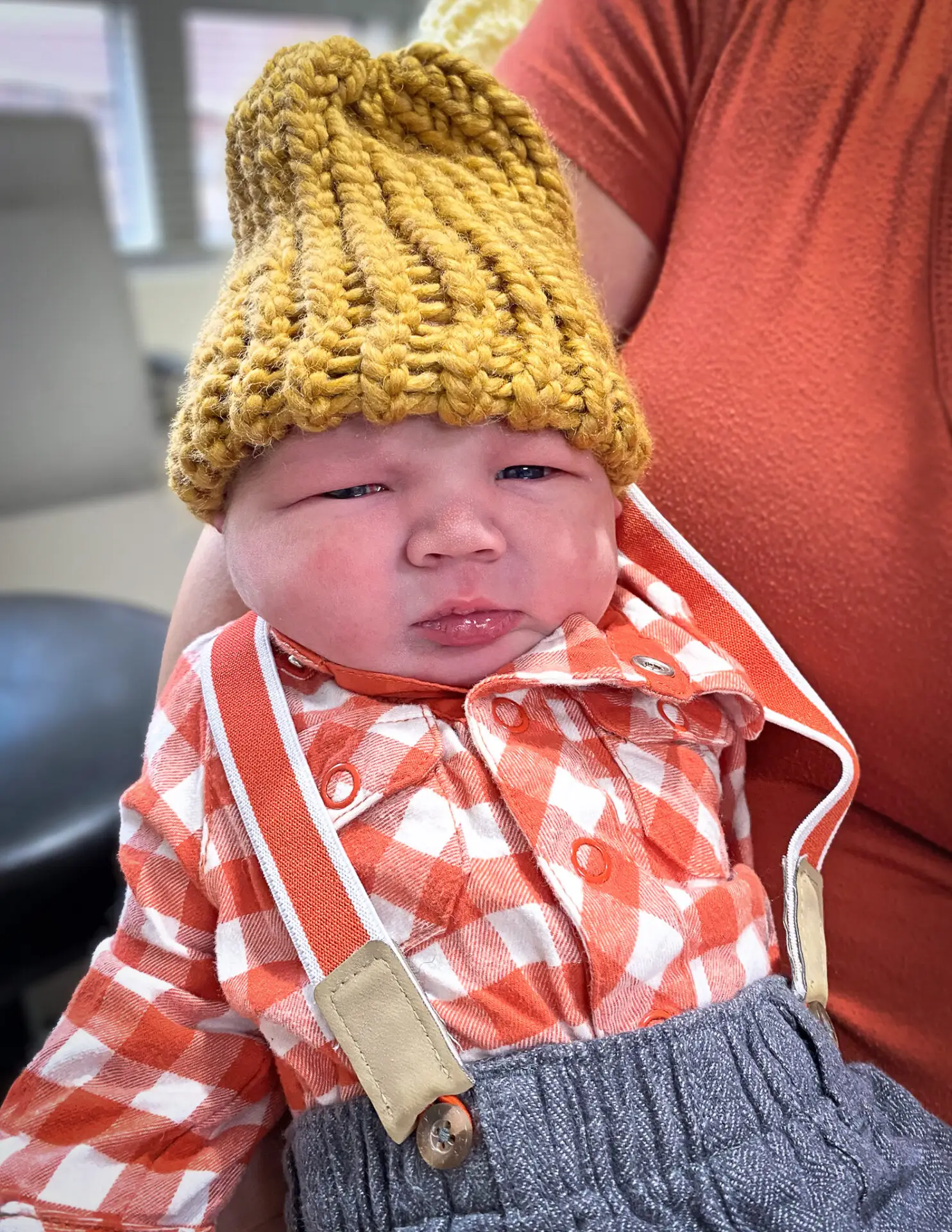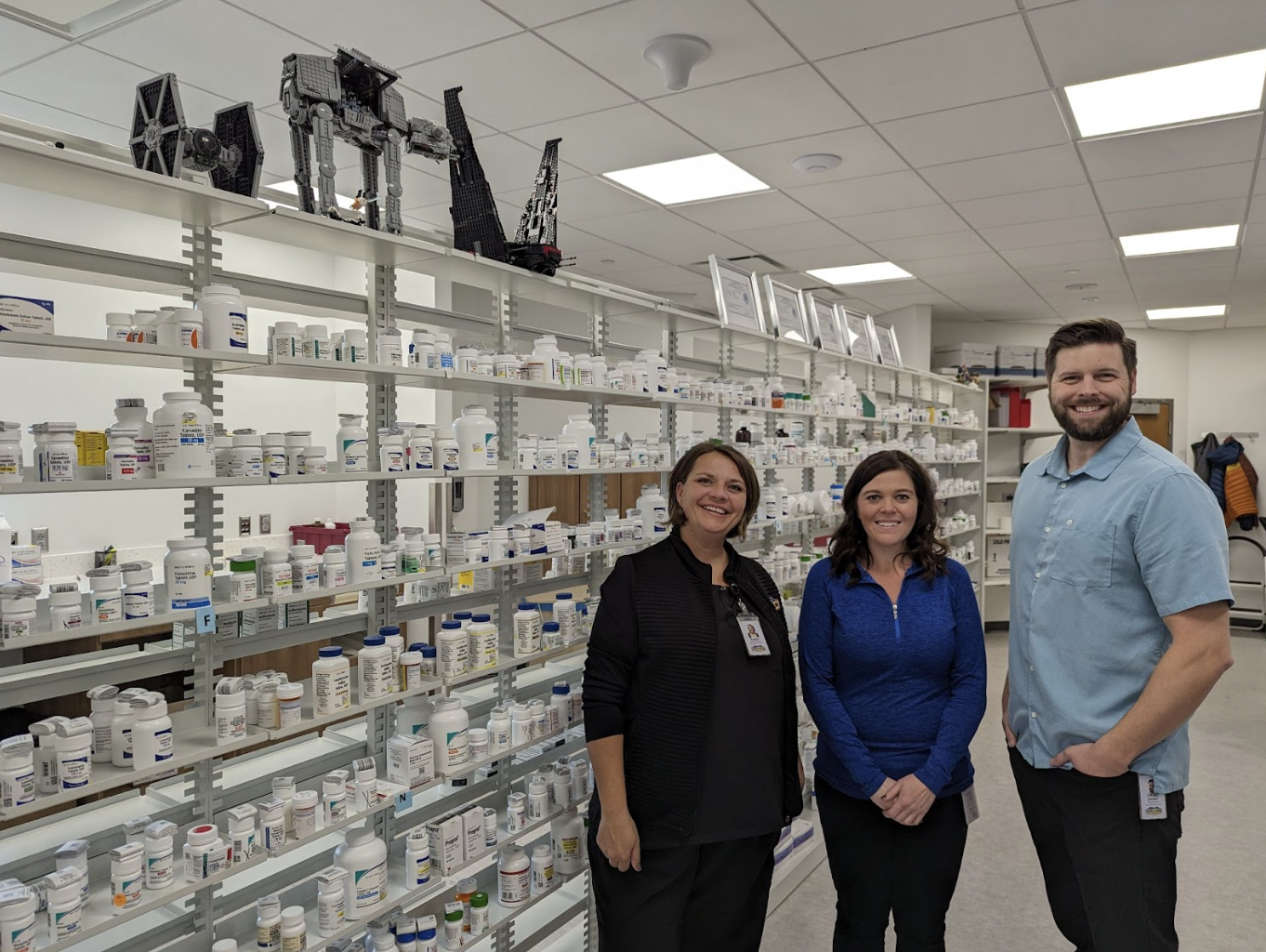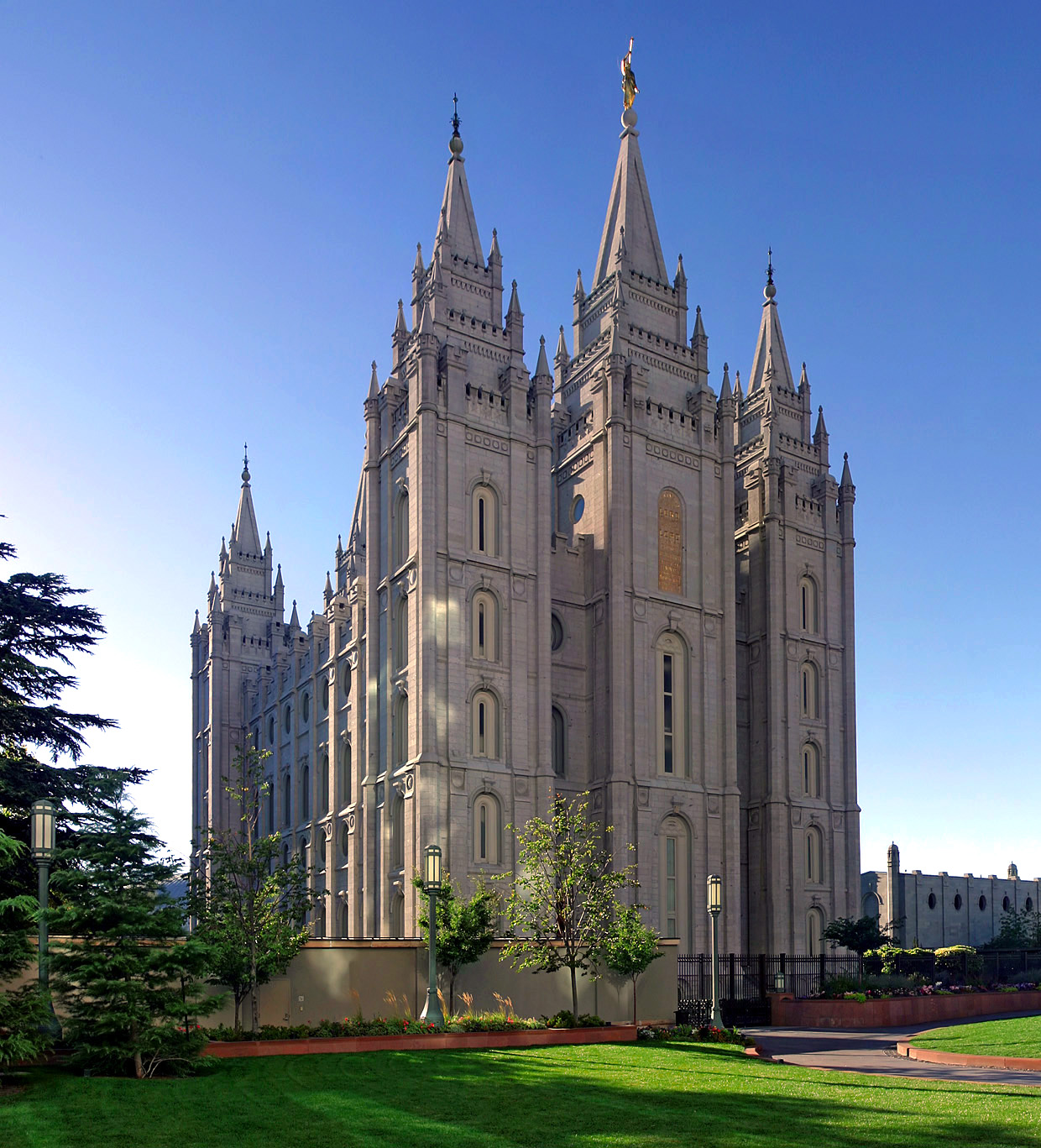As the nationwide debate over the reopening of schools rages, residents and school officials are trying to come up with plans that meet the needs of local families.
The Grand County School District has released additional details of its reopening plan this week, adding a “blended” third option for students in addition to offering in-person and remote learning.
The school district will reopen on Tuesday, Sept. 8, offering students remote learning options and a host of additional hygiene measures for in-person classes to prevent the spread of COVID-19 among students, teachers and their families. Masks will be required for in-person staff and students to comply with a statewide order.
The blended option offers families the opportunity to learn from home while remaining connected to their school classroom and teachers.
“This option allows GCSD teachers to livestream (in as many situations as possible) their instruction to learners at home,” said Grand County School Superintendent Taryn Kay.
Kay reported that the blended option was developed after input from teachers and staff, and a recent purchase of technology and a training plan made the plan viable.
“Learners at home could be there because they chose a virtual option, because they are home sick with any illness or situation, or because they have been quarantined,” said Kay. “The home learners would have a schedule as close as possible to their peers who are participating face to face.”
Other remote learning opportunities connect students with online programs rather than local educators, which could threaten funding for local public schools. If parents who previously were within the school district decide to select a remote learning program outside of the one created by local schools, the district loses the per-pupil funding for that student.
In a previous conversation, Kay told the Moab Sun News that maintaining funding was “really one of the most critical issues.”
“Our funding is based on the number of students who are enrolled and if we get reduced student numbers we get reduced funding: that means cuts to staff and programs,” said Kay. “Those kinds of cuts take 10 years to recover and impact all students. We want to offer really good online options so that people don’t have to go outside the district.”
A survey of the district’s parents issued at the end of June indicated strong feelings both from families insistent on a “return to normal” approach and those concerned about the possible spread of COVID-19. The survey received over 447 responses from families representing 781 students in the system.
While a clear majority of respondents expressed their intention to send their child back to school in the fall, families were split on the method with 247 respondents saying they wanted a return to “normal,” while 220 indicated they preferred remote or split-time learning.
The options offered by the GCSD address these issues, with the option for traditional, in-class learning identified as being “designed to meet the needs of parents who feel their student(s) are ready for an ‘as close to normal as possible’ option.”
Parents must notify the schools whether their children will attend local public schools in-person, through the blended option, or move to remote learning. If parents do not complete an online survey indicating their preference by Friday, August 7, the district will “assume you are sending your child to school in person,” a statement on social media said. The online form to indicate a preference can be found at https://bit.ly/2BIJ26k or www.grandschools.org.
Utah teachers union demands online-only classes
In Utah, as across the country, concerns remain about protecting the health of teachers and students during in-person schooling. Class size, access to personal protective equipment and access to faster testing are all at issue.
According to the Grand County School District plan, while general guidelines for hygiene and behavior are set by the District, each teacher is expected to create a classroom COVID-19 plan to arrange their room to adequately physically distance students and plan a schedule to include breaks from instruction to allow students to take off masks outdoors.
High school teacher Anna Sprout spoke at a Grand County Council meeting to remark that with her average class size, she did not think it would be possible to space students safely apart.
Utah’s average classroom size is higher than the national average, with classes averaging 22 students to a single teacher in 2016.
On July 28, the Utah Education Association called for state leaders to delay the start of in-person public schooling and support remote learning until COVID-19 cases in Utah further decline. The union urged state officials to base decisions related to school reopening on “scientific evidence and advice” and to ensure that students and educators have access to proper personal protective equipment, according to The Associated Press.
A group of over 150 educators also rallied outside the Utah Capitol building last week to call for stronger protections against the coronavirus for schools when they reopen this fall, carrying signs demanding protections for teachers’ health.
“Teachers, staff and students are not political pawns,” read one sign.
“Blended” plan will livestream local classrooms for remote learners



